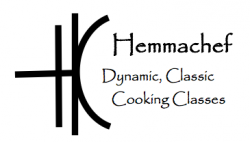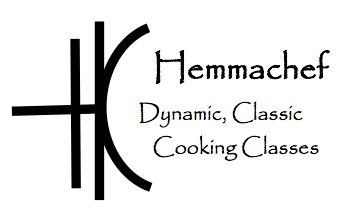I like coffee. When I’m at home and working on recipes for cooking classes, or puttering with food or various projects, I always have a cup going somewhere (or two—if I’ve lost track of the first). I can drink a lot of coffee or I can not. I usually drink more coffee on days I don’t have to teach. Water perks me up just fine on long class days and I talk a lot anyway without the caffeine. On the days I do drink coffee I drink it black. I used to say I drank it black to keep my hair dark but it dawned on me not that long ago that that just didn’t work.
I am happy with a cup of regular black coffee. Coffee has gotten way too complicated. It used to be that you just had caf or decaf. If you felt a little frisky or it was late in the day you could do half and half. Now of course there are innumerable types of coffee and coffee drinks. I am not going to go on a diatribe about that (in spite of the temptation that pumpkin spice lattes provide). Nor am I going to comment on how hard it can be to figure out where the plain coffee is listed on the menu board, and then decipher which words translate to small, medium or large. (Although I actually laughed the other day when I learned that Indie Coffee House in Madison offers coffee sized by our city lakes: Wingra is small; Monona is medium, and Mendota is large).
For my coffee, the beans don’t have to be freshly ground after a small ceremony of yoga and meditative humming. Folgers is just fine with me; I still trust Mrs. Olson’s many assurances that it’s the “richest kind.” I do try to drink fair trade coffee when I can, though, because I think it’s the right thing to do.
When it comes to actually brewing coffee, I have had it prepared many (and sometimes “innovative”) ways. When I am teaching at the McLean Community Center, I put a filter in a wire mesh strainer (the regular kind—like you use for sifting flour), pour in some coffee, enough so that it looks about right, and rest it on top of it a four-cup measuring cup. Then I ladle boiling water over it until the measuring cup is full, and pour it into my green Stanley thermos, which has seen many a cup of coffee.
I sometimes used paper towels to filter coffee when I lived in the log cabin in Eldora, Colorado. I also remember running a second batch of water through the grounds when there was no more fresh ground coffee to make a pot. When we were camping in Australia, I had to construct a wind-break from the ocean breezes before just throwing the grounds into boiling water on the OzMate stove, to be filtered out later.
I get a hankering for instant coffee now and again, too–boiling hot, with a splash of luke-cool water and swilled on my way out the door. I will even drink out of a cold mug that has been sitting for a bit, as long as the ring on the inside isn’t too far away from the liquid still in the mug – and no foreign objects floating along.
But the most interesting way I remember making coffee is with my Dad. He used to brew coffee in an all-red metal stove-top percolator coffee pot that he reserved for camping. Most of the coffee he brewed in that pot was on the Coleman white gas stove I gave him for Father’s Day years ago. But he sometimes also used it to brew coffee over an open campfire, because he was cooking bacon on one burner and frying potatoes on the other. He would make what he called Egg Coffee in that pot–boiling coffee with a raw egg, shell and all.
When I started thinking about National Coffee Day and the blog I should write about it, I thought about Egg Coffee and that red percolator coffee pot that I inherited from my Dad. In doing a little research about Egg Coffee, I found out that what I had thought was a real traditional Scandinavian method is only practiced by Midwesterners of Scandinavian descent. (Apparently nobody in Norway, Sweden, etc. actually does this!) But true to my proud Midwestern Norwegian roots, I will share what I remember as my Dad’s method for making this unique coffee.
In case you are wondering, no, there’s no taste of egg at all. Why do this, you ask? Because it makes a really nice, mellow cup of coffee. The egg takes out impurities and makes it less bitter.
Here is my “official” recipe as far as I can remember making it with my Dad. I should have made it in honor of National Coffee Day last week. Instead, I went to the Farmer’s Market with my daughter, and picked up a cup of dark roast coffee from Michelangelo’s Coffee on State Street. (My daughter got some sort of Pumpkin thingy, of course). It was a beautiful early Fall morning and we strolled and sipped our way around the Dane County’s Farmers Market on its 50th Anniversary.
Enjoy!
Chef Joel
Ole’s Egg Coffee
¼ cup ground coffee
1 egg, broken and beaten with the shell and all
1 ½ cups water (divided)
Method: Crack an egg and place shell and all in a bowl. Mix it up really well and then add the ground coffee. Mix the egg and coffee together well, crushing the shell up a bit as you mix. Bring 1 cup of water to a boil. Add the egg mix to the boiling water. Simmer for 3-5 minutes (longer equals stronger). Take it off the heat and add the ½ cup of water. Let sit for a minute or so. The egg and coffee grounds should sink. Pour the coffee off the top of the pot into your cup. You may want to strain it unless you like to chew your coffee.

